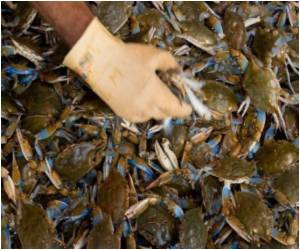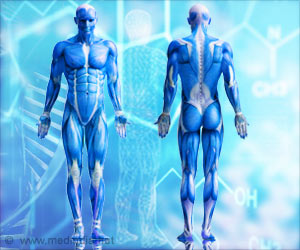A Japanese scientist has developed a method to turn discarded crab shells into nanofibers, which can be used in food or beauty products.

‘Discarded crab shells can now be recycled and converted into nanofibers, which can be used in food or beauty products.’





Ikufu subsequently designed a machine capable of processing chitin, a carbohydrate that makes up 20-30% of crab shell. The use of water and acid helped to extract the chitin from the shells, which was then refined through the machine. The results are fibers of around six nanometers in width. As the process is, in principle, more economical than existing ones producing chitin nanofibers, Ikufu plans to create a company with the support of his university to commercialize the product.
Source-IANS









